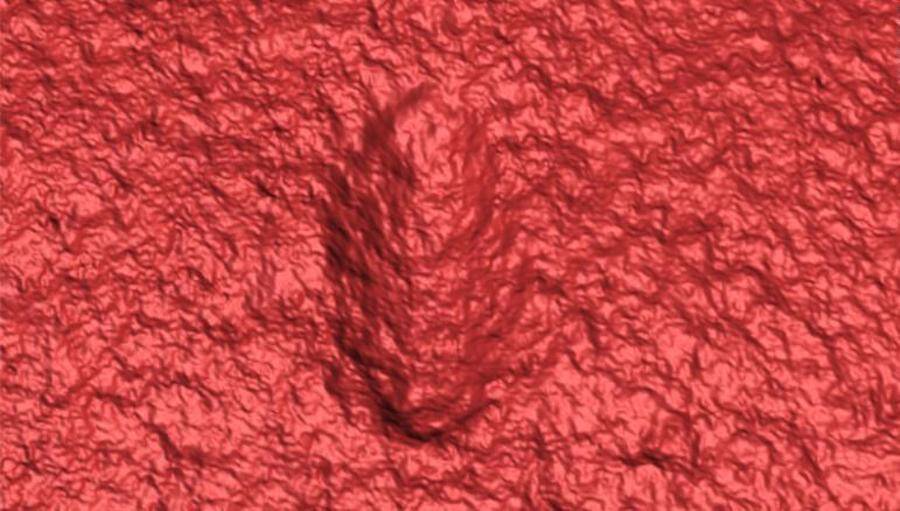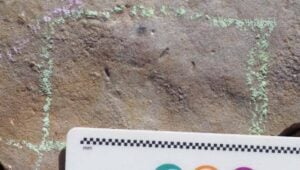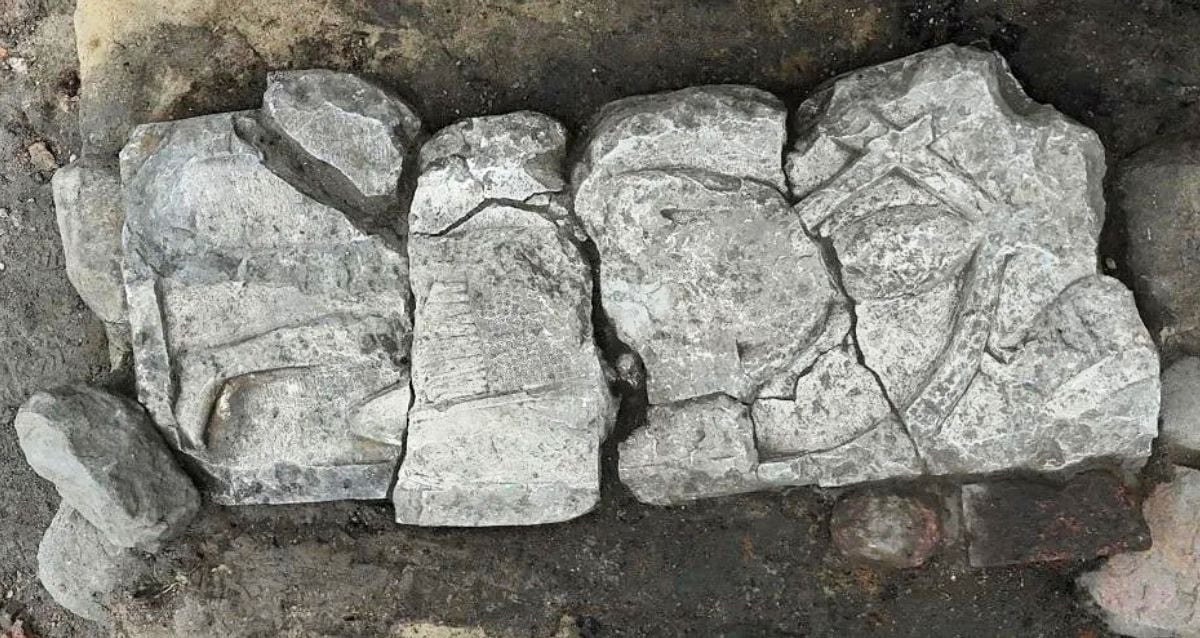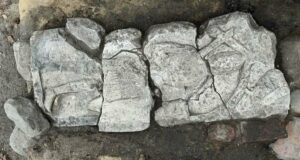“Fossils Unveil Mysterious ‘Ancestor of All Animals’ From Ancient Australia—What Secrets Are Buried in 555 Million Years?”

University of California, RiversideA modern 3D scan such as this one allowed researchers to see the vital features of early worm-like creatures.
The discovery was made in Nilpena, South Australia, where fossilized burrows date back to the Ediacaran Period about 555 million years ago. Researchers have known for about for 15 years that bilaterians somehow created these fossils, but haven’t had the tools to confirm their prehistoric presence — until now.
Droser and doctoral graduate Scott Evans noticed impressions near these burrows, which 3D laser scans confirmed were shaped and sized like a grain of rice. They also revealed clear heads, tails, and even grooves that suggested the presence of muscles.
Contracting those muscles allowed the creatures to move around, not unlike how modern-day worms do today. Furthermore, the observed patterns of displaced sediment, in addition to signs of feeding, suggested the creatures had mouths, guts, and posterior openings.
“Burrows of Ikaria occur lower than anything else,” said Droser, referring to their site of discovery being in a low layer of Nilpena’s Ediacaran Period deposits. “It’s the oldest fossil we get with this type of complexity. We knew that we also had lots of little things and thought these might have been the early bilaterians that we were looking for.”
“We thought these animals should have existed during this interval, but always understood they would be difficult to recognize,” said Evans. “Once we had the 3D scans, we knew that we had made an important discovery.”












